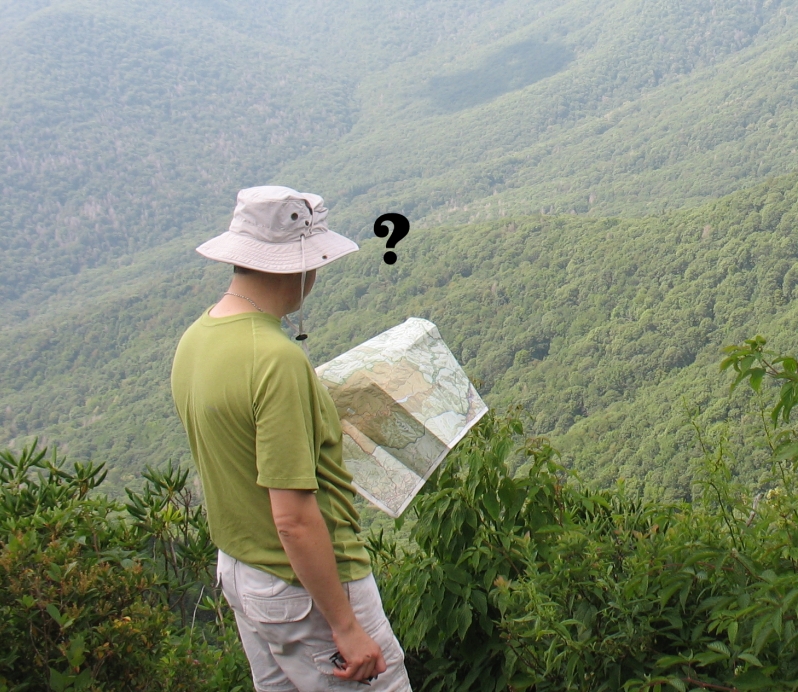Preparing meals is an essential step in planning a backpacking trip. You want to make sure you pack out foods that can withstand the conditions of outdoor travel, require minimal preparation, provide you with adequate nutrition, and taste good. You want to remember crucial items like your morning coffee. Here are a few tips to keep in mind when planning your backpacking food. 1. Purchase Common Dry Goods from Grocery Stores There are so many dry packaged foods that can be purchased from grocery stores or markets that are ideal for the trail. Get what you can at local markets […]
Camp Tips
Do you save unused condiment packets from fast-food restaurants? These packets can be handy when traveling or if you run out of something at home. Common single-serve packets include ketchup, mustard, mayonnaise, soy sauce, hot sauce, parmesan cheese, salad dressing, sugar, salt, pepper, and plastic jelly cups. How long can you keep single-serve packets? If you examine the condiment, most do not have an expiration date. Packets are shipped by the thousand in bulk, and the recommended “Expiration Date” or “Best By” date (established by the manufacturer) is often only displayed on the bulk container rather than stamped on the […]
Chia seeds offer extensive value for the lightweight backpacker. Here’s why: Tiny and lightweight with a storage life of up to 5 years. Require no cooking. Chia seeds are great for making cold-soaked pudding, cereal, or smoothies. Chia Seed High Energy Content: 140 Calories per 1.0 oz (28.35 g) or 2 TB. Have a good nutrient profile with omega-3 fat, dietary fiber, phosphorous, and calcium. How to Eat Chia You can eat chia seeds by cold soaking them in water, sprinkling them on oats and other meals, or sprouting them. To hydrate the seeds to make a pudding, add 1 […]
It is sensible to carry a foldable paper map as a reliable backup to your GPS device when hiking in an unfamiliar wilderness. Our experience is that not all trail maps are created equal. Here are a few of our thoughts after traveling countless trail miles over the years and examining their accuracy – First Choice: Maps printed by the US Government Outdoor Herbivore’s first choice among hiking maps is the USFS (United States Forest Service) maps. These maps provide an accurate summary of each trail (main features, distance, and level of difficulty), topography (switchbacks/terrain, elevation, stream/creek locations), as well as any […]
We hope these tips help you stay lean, yet strong and healthy on your next long distance hike.




